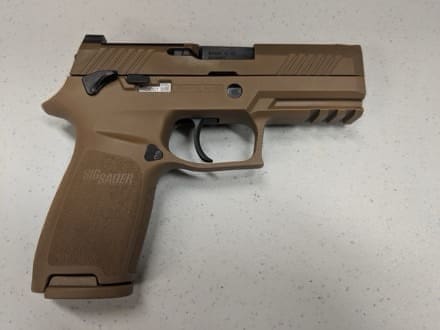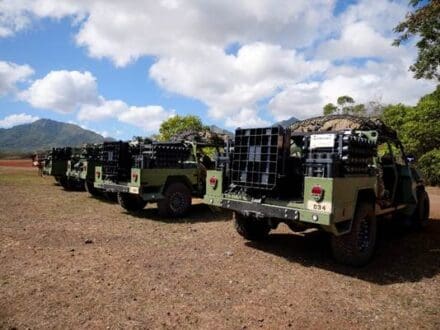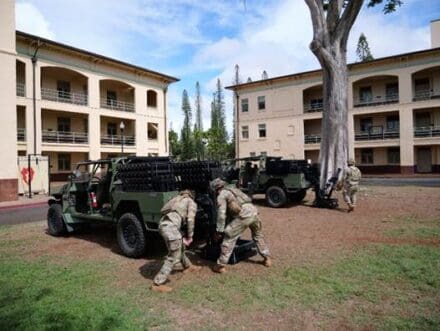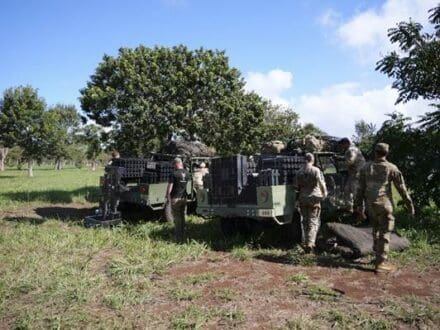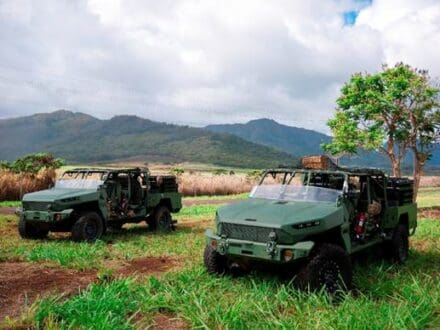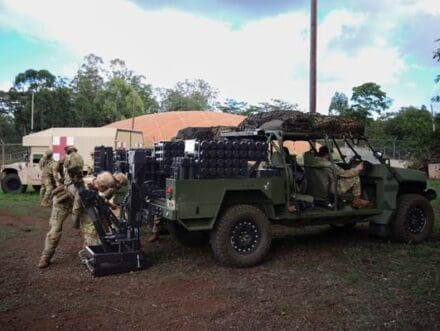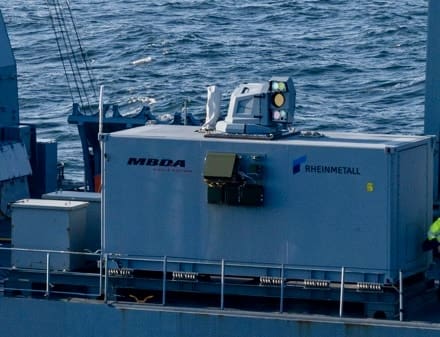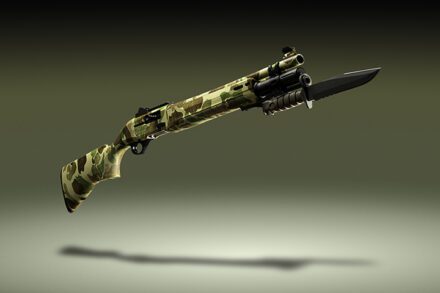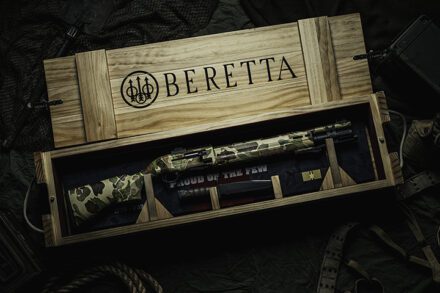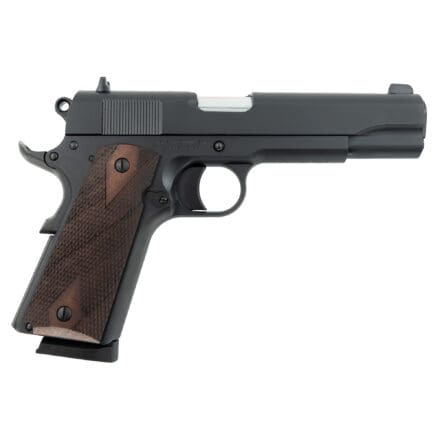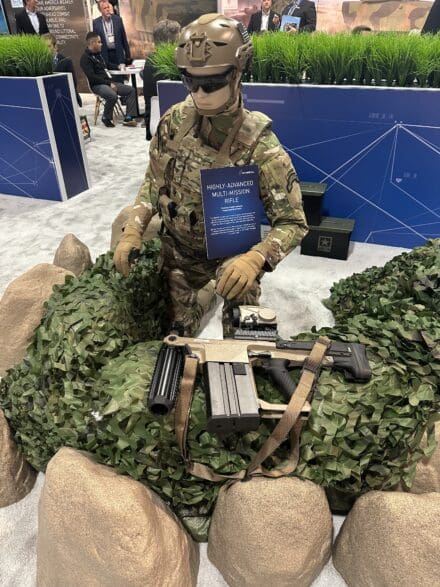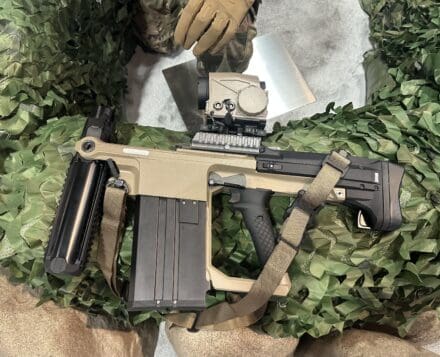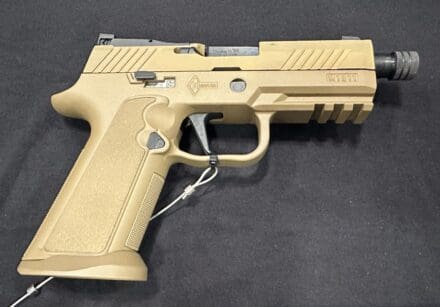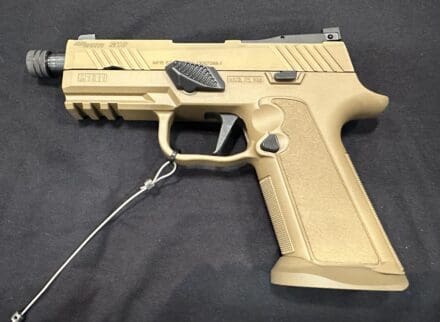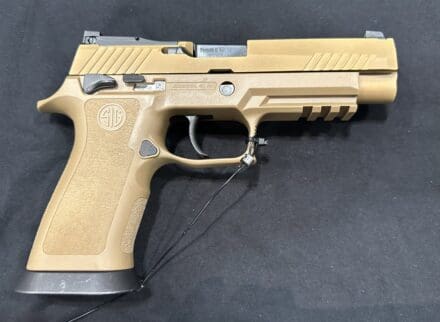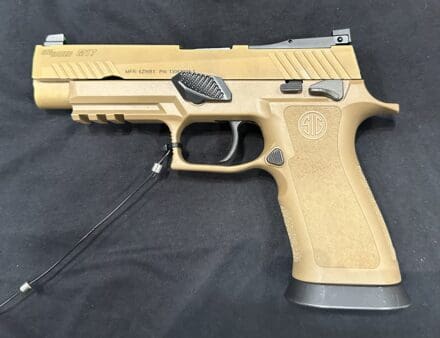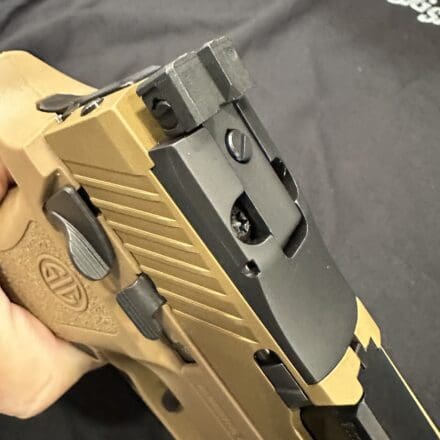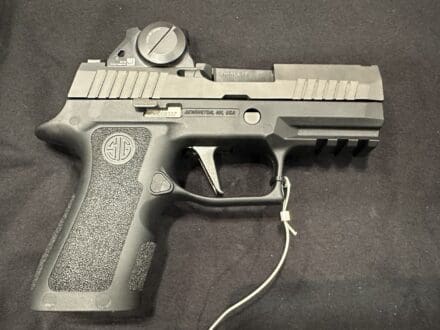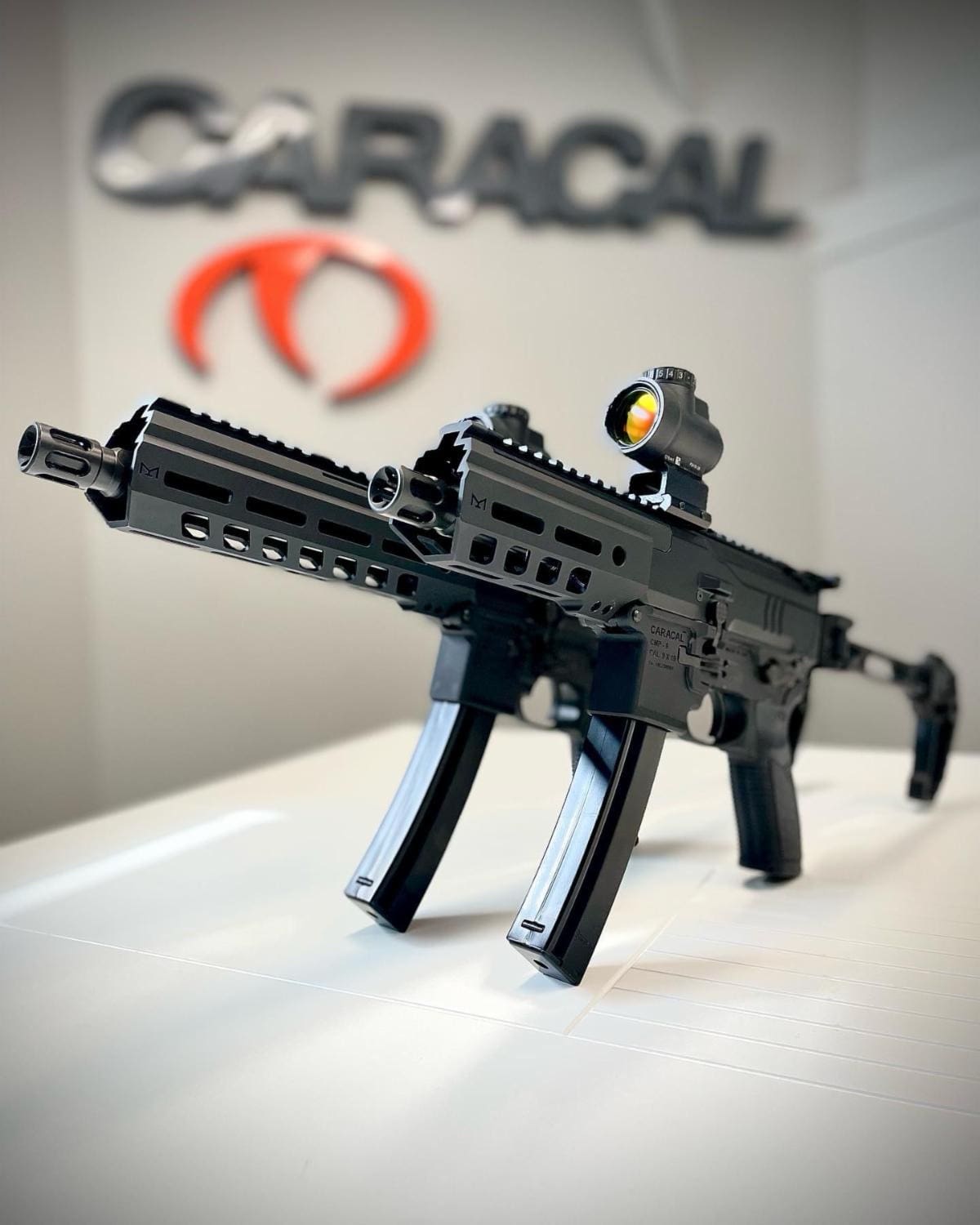
Nampa, Idaho (November 2025) – Caracal USA, a leading US-based manufacturer of small arms for the law enforcement and defense markets,is pleased to announce the availability of its new CMP9 and CMP9K 9mm semi-automatic pistols, both of which are now in stock and ready to ship. The new models bring modern manufacturing and battle-proven design into a compact platform that bridges the gap between pistol-caliber carbine and duty performance. Contact your preferred Dealer or Distributor and place your order now; you can also contact Caracal USA directly during business hours by phone or email your request to Sales@Caracalusa.com.
The CMP9 features a 9-inch cold hammer-forged barrel, while the shorter CMP9K variant incorporates a 6-inch barrel for enhanced maneuverability in close-quarters or vehicle operations. Both pistols are chambered in 9x19mm NATO, operate on an advanced blowback system, and feed from widely available MP5-style magazines. With fully ambidextrous AR/M4-style controls, the CMP9 and CMP9K are designed to deliver immediate familiarity for professional users while offering adaptability for personal defense and recreational shooting alike.
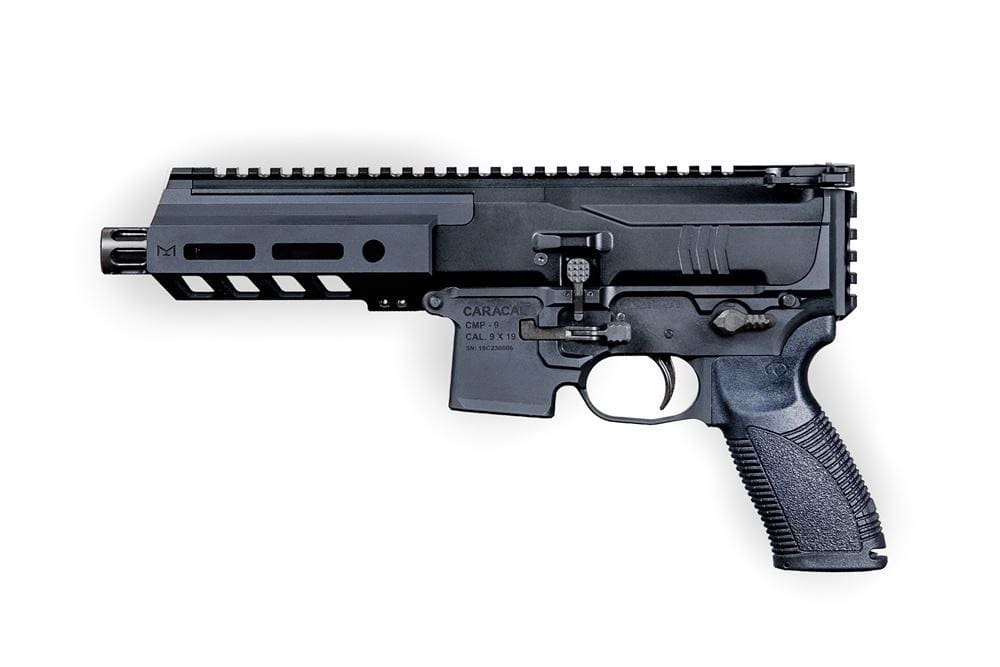
“The CMP9 and CMP9K represent Caracal USA’s ongoing commitment to precision, reliability, and user-focused design,” said Jeffrey Spalding, President and CEO of Caracal USA. “These pistols bring the proven ergonomics and modularity of the AR platform into a 9mm system that’s compact, rugged, and compatible with one of the most trusted magazine types in the world. We’ve built these guns to exceed NATO and U.S. testing protocols for light arms and shoulder-fired weapon systems, and they’re ready to perform in any environment.”
Both models are built on machined 7075-T6 aluminum forend, ensuring durability under extreme conditions. The cold hammer-forged barrels are designed for exceptional accuracy and endurance, with the ability to withstand bore obstructions. Each pistol includes a machined 1913 Picatinny rail mount on the lower receiver for a variety of buttstock and pistol brace options and an M-LOK handguard with accessory slots at 3, 6, and 9 o’clock positions for accessory mounting flexibility. Both models are adaptable and configurable, allowing users to configure the firearm to their mission or personal preference.
Weighing just under five pounds, the CMP9 and CMP9K balance durability with maneuverability. Both models employ a flash hider threaded onto a ½-28 thread pitch, an ambidextrous charging handle, and AR/M4-compatible pistol grips for customization. The advanced blowback system minimizes felt recoil and delivers smooth cycling, even during sustained fire.

CMP9 and CMP9K 9mm Semi-Auto Pistol Specifications:

For more information on Caracal USA®, visit www.caracalusa.com.


